The Puzzle of Two Saviors: An interview with Buck Meek
Music — 15.01.21
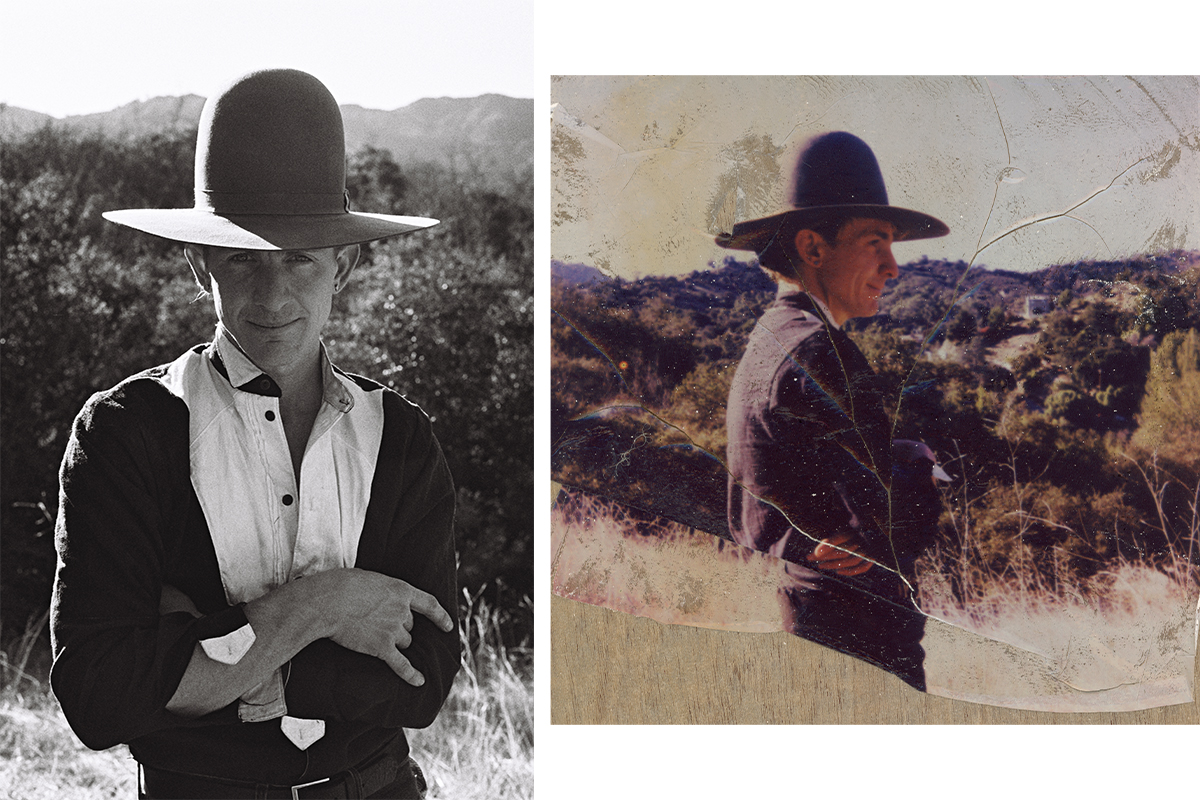 Buck Meek’s new album Two Saviors is just as intricate as it is effortless: contradiction is central to its existence. The songs themselves are complex, full of characters and narratives, tonal shifts and interwoven settings, ups and downs and highs and lows and just about every emotion in between. In contrast, the recording process acted as a way of distilling Meek’s songs to their essence: the songs were played live in an attempt to capture the sound and sensation of spontaneity.
Buck Meek’s new album Two Saviors is just as intricate as it is effortless: contradiction is central to its existence. The songs themselves are complex, full of characters and narratives, tonal shifts and interwoven settings, ups and downs and highs and lows and just about every emotion in between. In contrast, the recording process acted as a way of distilling Meek’s songs to their essence: the songs were played live in an attempt to capture the sound and sensation of spontaneity.
The album comes at an apt time. With the absence of shows, I’ve found myself desiring to replicate the live music experience (in some way or another) from the comfort of my apartment, but it can feel impossible to find. I think the vitality of Two Saviors is one of the only projects that has been able to capture that feeling for me. I listen to it and I feel like I’m back at a show. If I close my eyes, it’s like I’m watching the players listen to and work off each other, build the songs from the ground up based on instincts and not on perfected practice. The magic is that there is a sort of refinement, even in the now of it all.
I think the best songs are the ones you want to live inside, and I want to live inside of a Buck Meek song. I want to look out for Ruby Bates and avoid the cops. I want to race Sue down to the well. I want to beg Annie for a ham sandwich (leave it to Meek to make a ham sandwich sound beautiful). I want to be a Buck Meek character because he treats his personas with such care and specificity that you can’t help but want to meet these people, inhabit these vibrant, chaotic, reflective worlds, and exist within these stories.
This conversation with Buck Meek covers crafting characters, LA’s hidden gems, the recording process of Two Saviors, advice for aspiring artists, and more.
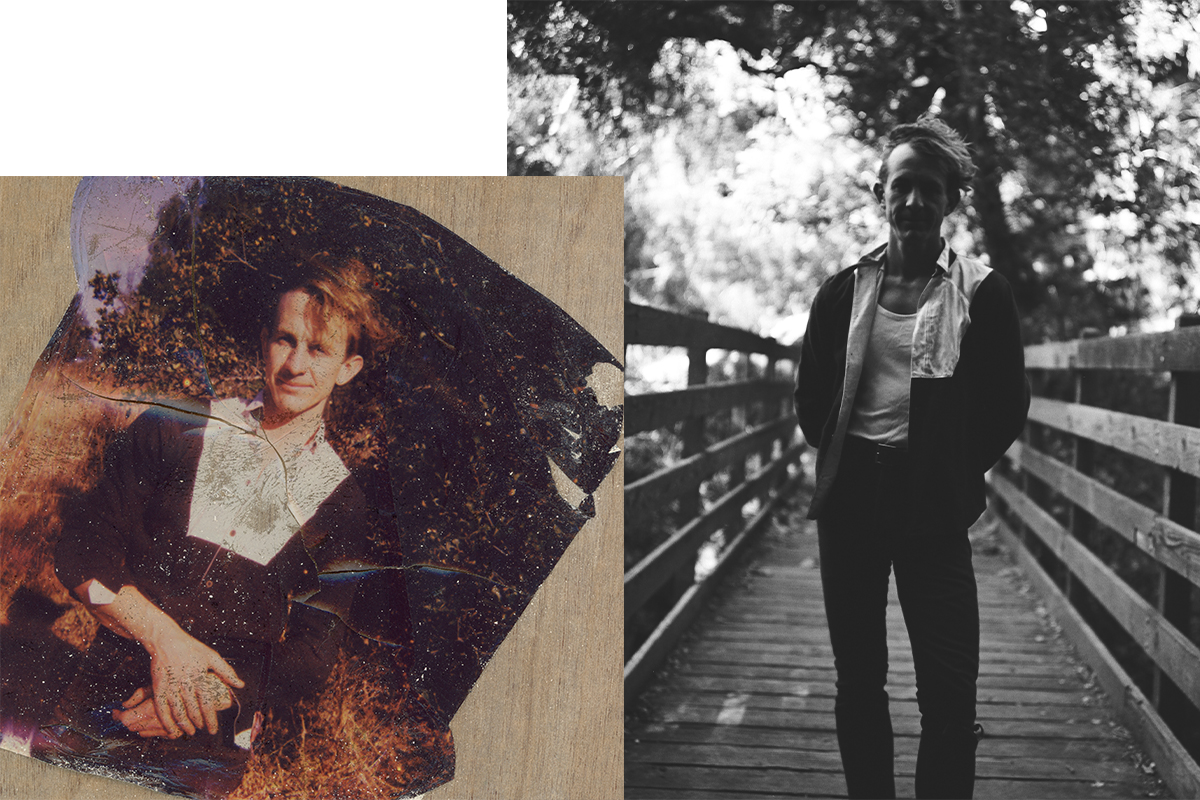 I was really interested when I was listening to the record in how narrative a lot of these songs are. They’re full of named characters. Where do you get inspiration when you’re crafting these songs?
I was really interested when I was listening to the record in how narrative a lot of these songs are. They’re full of named characters. Where do you get inspiration when you’re crafting these songs?
These songs are probably the most confessional songs I’ve written. Most of the characters are pulled from my own life or are various aspects of myself, alter egos mostly. Some of them are even the same person. I love this phenomenon of reflecting on characters in my life, but maybe shifting one element of them, or introducing them to each other as strangers and seeing what happens.
I also love your use of imagery. Where do you find inspiration when you’re crafting an image?
I find so much inspiration from nature. Just kind of observing my own emotional reaction to natural forms. I’ve been living in Topanga Canyon, in the Santa Monica Mountains of Los Angeles for the last couple of years. I wrote this album up at the top of Fernwood on Tuna Canyon Road and spent a lot of time in the state park, trying to get to know the wildflowers up here and all the native plants. Yeah, I pulled a lot from that.
What are some of your other favourite spots in LA?
Well, lately I’ve been falling in love with the San Fernando Valley. There are all these incredible little pockets of strip malls, ethnic restaurants. I found this place called Baja Subs that was a sub shop for many years, I think for decades. Then this Sri Lankan family bought the business and just decided to keep the name Baja Subs and not disrupt the neighbourhood. And they also continued to make subs, as well as this mind-blowing Sri Lankan food. There’s this place called Kobee Factory. These Syrian women make kobee and amazing Syrian food. And there’s a place called Go’s Mart. It’s this epic omakase sushi place owned by this dude Go, next to a smoke shop and a pilates studio in this strip mall in Woodland Hills. I think there’s like VHS written on the front of it. It’s the best sushi I’ve ever had in my life. There are so many little hidden gems like that in Los Angeles.
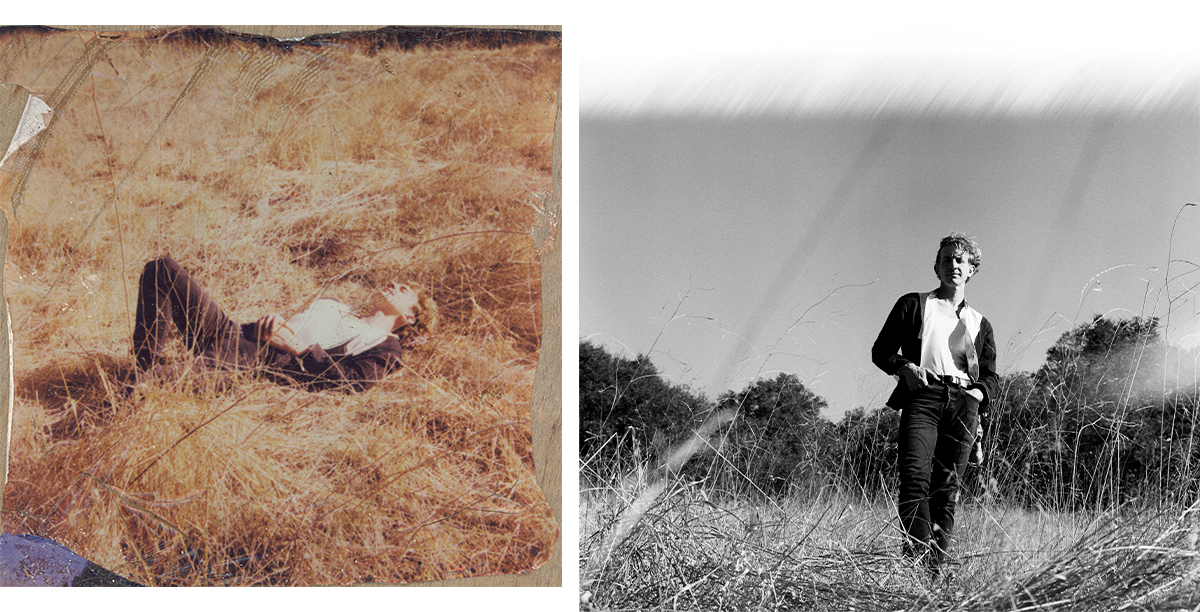
I’ve lived in LA my whole life and I don’t know of any of these places, so there are so many hidden gems.
There’s a writer named Jonathan Gold that’s been a guide for me. He wrote for the LA Weekly for a long time. I’ve just been trying to follow his lead.
He was the best.
So going back to the record, I read that there were a lot of limitations you put on yourselves in terms of timing and heat and playing live without headphones. How do you think the recording experience itself shaped the way the songs turned out?
It was my friend, and producer of this record, Andrew Sarlo’s idea to create all these limitations. I wonder I’ve never really spoken to him directly about why he had this idea. I would guess that, you know, these songs came from a really cathartic, transformational time in my life. I wrote them over the course of a year or so and spent a lot of time in solitude. They can be pretty intricate. I kind of write my songs as like creating and solving a puzzle simultaneously. There’s a lot of weird hidden geometry. Maybe Sarlo was just trying to counterbalance that with a super limited, instinctual recording experience, just tap into the players’ subconscious and create an environment where we had very little time. We just had to listen with our ears wide open and react to each other in the moment. Sarlo and I both trust the players so much. Adam Brisbin on the guitar, my brother Dylan Meek on piano, Mat Davidson on pedal steel and bass, and Austin Vaughn on drums. They’re all such delicate and open-hearted players that Sarlo and I both trusted that they could react, and to hear that was most exciting.
And we live in such an era of overdubs and having all this technology to perfect everything.
Yeah, it’s really just old fashioned. It’s nothing revolutionary. We’re just going back to the simplest possible form of recording, trying to return to the essence of the song, trying not to hide anything. Just accepting the stakes that come with only having a few chances, but also the adrenaline that comes from that.
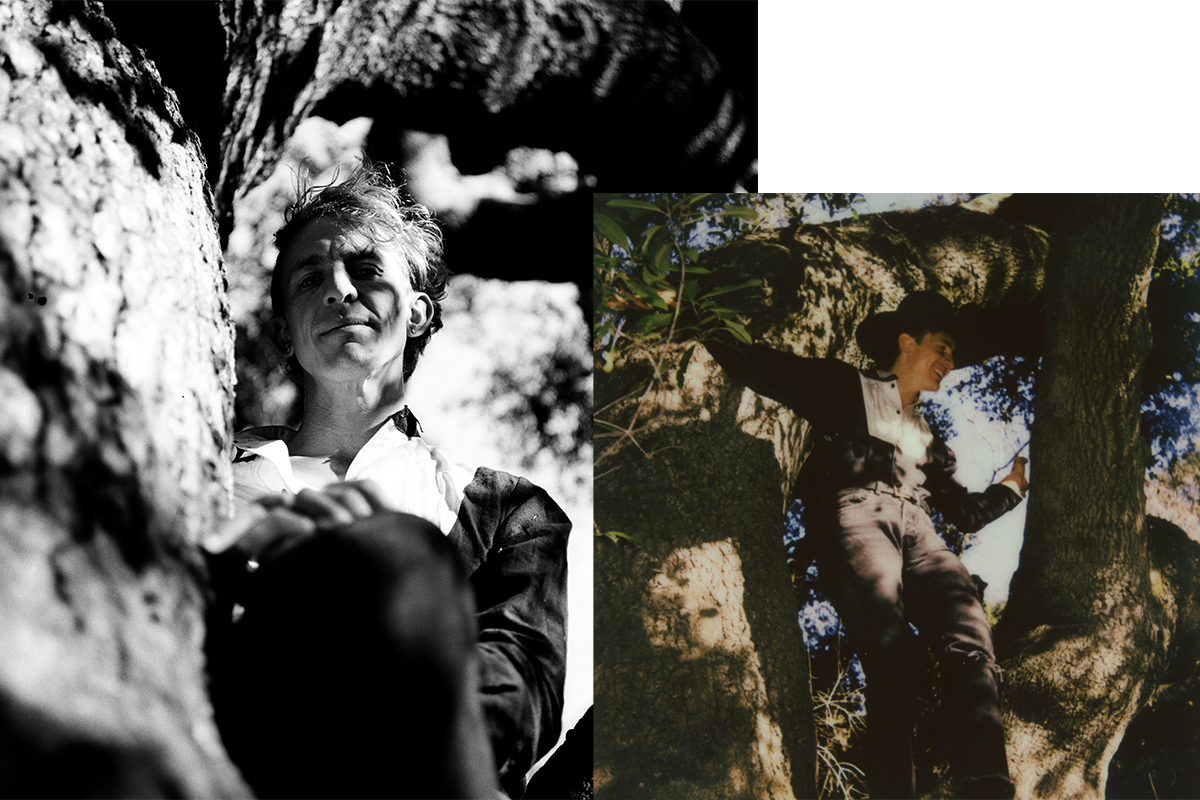
So what was a day like while you were in New Orleans?
We would wake up and have a big cup of coffee. Then we’d play the songs through once in the morning, almost like a set of music, just once through each song, maybe twice if we really messed something up. We were really trying to just move through all the songs in about an hour or so. Then we would take a six or seven-hour siesta. Take a nap, read our book, walk around New Orleans, get a beignet in the French Quarter. And then we’d reconvene, have dinner together, and play another set of music in the evening, just once through again. We did that for seven days. Initially, Sarlo’s idea was to change our set up for every single set. So, for each of the 14 sets, we’d change some element. We would either move rooms because we were recording in this house with a couple of bedrooms and a big living room. It’s this beautiful little Victorian house on the corner of Royal and Desire with really tall ceilings. There’s a long hallway and then it opens up into this little dining room and a big kitchen with lots of tile. And a bathroom with lots of tile, a very reflective space. And then there’s a living room filled with velvet, so it’s super dry. And then there’s this big bedroom with windows and velvet, so it’s kind of a bit of both, a dry and lively room. So we moved around for the first few days, or we’d put the drummer in the hallway. At one point, we tried to all go into separate rooms and we put the microphones in the middle of the house. We were just trying to experiment with sonic reflections. Eventually, we landed on a set up that sounded really good in Sarlo’s ears, which was mostly just in the bedroom.
We were trying to recreate the feeling of a first take over the course of seven days. Because I think in me and Sarlo’s experience, so often in recording, the first or second take of a song is the one. It has the most vitality. After spending hours repeating the song 20 times trying to perfect it, you often just return to that first take. And so we were trying to harness that feeling in a more systematic way.
I was reading through the lyrics and I noticed this theme of duality. The song “Two Moons” appears twice, “Cannonball” makes a return from the self-titled record, there’s even the word “two” throughout. What does doubleness or duality, or even maybe opposition mean to you in the context of this record?
I think it’s a constant process in our lives through reflection. The regeneration of meaning throughout our lives of a person, or of an event, or of an experience, or of a belief, of a love. We go through cycles, but at the same time, there are these threads that move throughout our lives. Our understanding of them will change. Sometimes the stimulus itself will change and we will perceive it as static. Nonetheless, I think that we’re all just trying to constantly reconcile with duality in loss and love and life.
That goes back to the thing we were talking about in terms of perfecting recordings. It’s kind of worth just leaving it at that one-take, live feeling instead of trying to be like: there’s a definite answer for this feeling! There’s a duality to it instead.
Yeah, and just trying to embrace that. Because so often that can be the seed for something new, something beautiful. These last couple of years have been a learning process for me in that, trying to accept the loss as the seed of growth. Of course, we all know that on a theoretical level, but I think that there is so much potential for resiliency in our lives if we can see loss as the beginning of something new, some seed as new wisdom, or self-awareness, or strength in that vulnerability. This album, in some ways, certainly documented my own process of understanding that.
That’s beautiful.
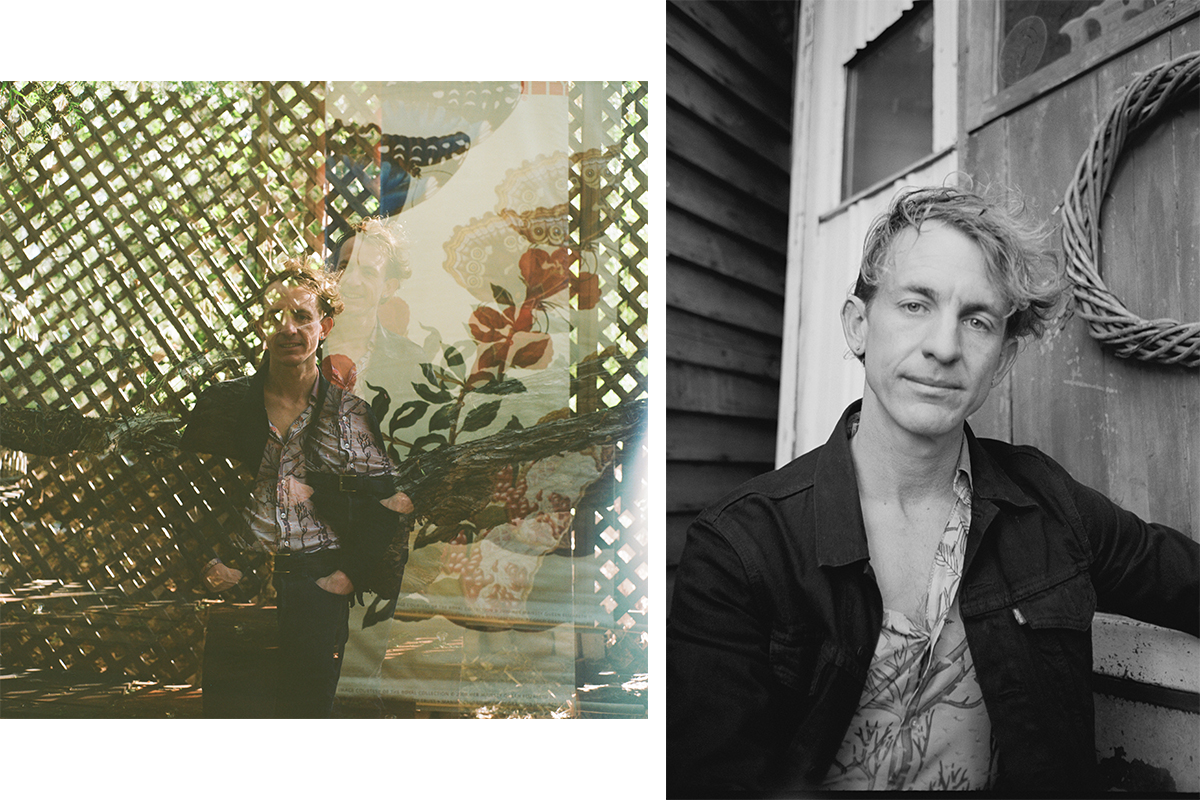
I’m just curious. What advice would you have for aspiring musicians or aspiring writers?
I think just do everything you can to not judge yourself, in the process at least. Whenever you sit down to express whatever it is through whatever medium you chose, just try to allow yourself that space with the least amount of judgement, with complete forgiveness of anything that happens. Whatever accident, whatever magic happens, just try to let it be and move it forward. Just try to keep moving forward, at least whenever you’re under that spell or in the process of putting yourself in that spell. Try to create motion without judgement. And then, of course, you can reflect on it later. You can rest assured that once that process is finished, you can look back and you can learn from it, one way or another. You may decide that it was a complete experiment, that you don’t want to show anybody. But I think the experiment is still so valuable if you can let it happen. I think momentum is the most important thing in the creative process, motion, moving forward.
I think a lot of people need to hear that.
I mean, I have to tell myself that every day. It’s clarifying.
It’s a thing a lot of people know but putting it into motion is hard.
Yeah, so hard, because it’s unknown and it’s scary and there’s so much external judgment, there’s so much external opinion, etc. But, life is motion.
Listen to Buck Meek’s new album Two Saviors in its entirety below and stay up-to-date with him via Instagram.